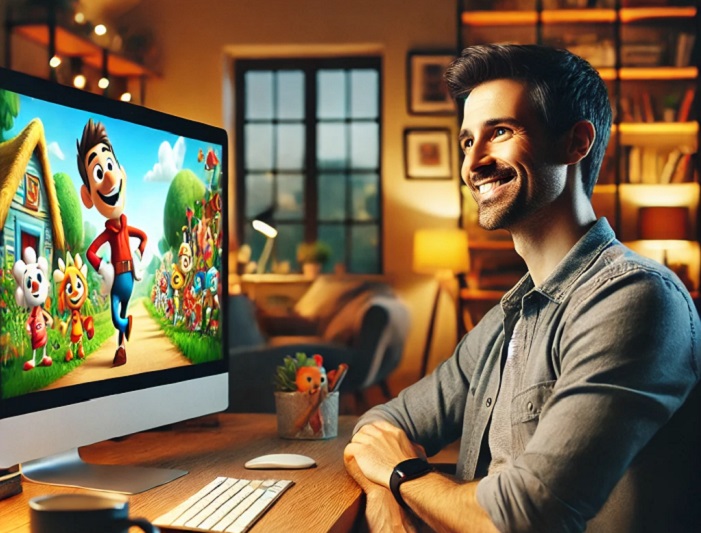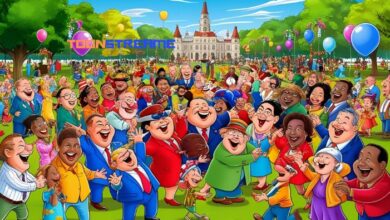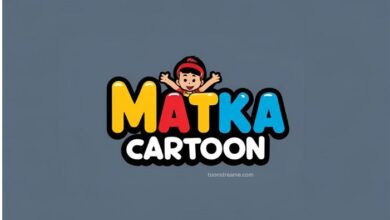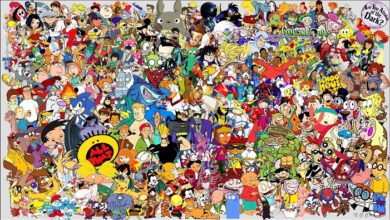National Cartoon Paper: A Simple Guide to Its Power and Purpose
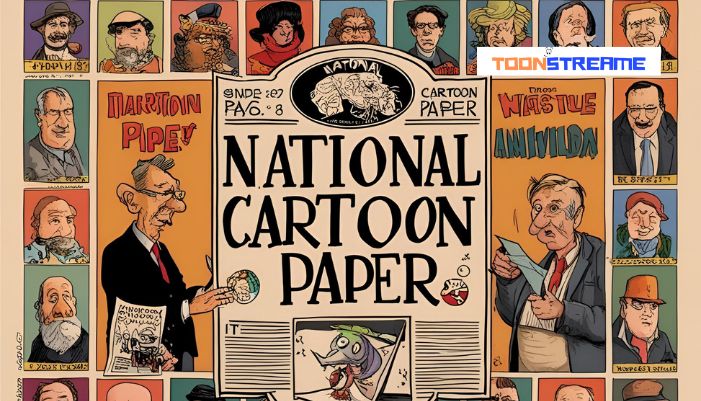
A national cartoon paper is a newspaper or online site that shares cartoons. These cartoons are not just for fun. They show opinions, news, and social issues. Cartoonists draw them to explain big ideas in a simple way.
These cartoons often:
- Talk about politics
- Highlight social issues
- Use humor and pictures to send a message
They are not like comic strips meant for kids. They aim to make people think.
A Short History of Cartoon Papers
Cartoons have been part of newspapers for many years. Long ago, they helped people understand politics and world events.
Key moments:
- 1940s–1960s – Cartoons became a major part of newspapers.
- 1980s–2000s – Cartoonists were shared in many countries.
- 2010s–Today – Many cartoon papers moved online.
A cartoon can say more than many words. That is why they are still popular today.
Why Cartoon Papers Still Matter
Even with social media and short videos, cartoon papers still matter. They offer clear ideas in a fun way.
Main reasons:
- Speak truth – They hold leaders accountable.
- Reflect society – Cartoons show what people are feeling.
- Teach simply – They help explain big problems.
- Protect free speech – A strong cartoon means a free press.
A good cartoon makes people laugh, but it also makes them think.
How Cartoons Are Made
Making a cartoon takes work. It is more than just drawing.
Steps:
- Read the news – Cartoonists need to know what is happening.
- Pick a topic – They choose one idea to focus on.
- Draw ideas – They sketch rough drawings.
- Add details – They make it easy to understand.
- Check and post – They review it and then publish it.
Tools used:
- Drawing tablets
- Art software like Illustrator
- Access to current events
Cartoonists mix art and news. They show truth with images.
Different Places, Different Cartoons
In the Middle East
Cartoons often focus on:
- Government
- Foreign policy
- Social rules
In South Asia
Cartoons are bold. They talk about:
- Political families
- Rich vs. poor
- Religion
In the West
Cartoons cover a wide range. Topics include:
- Climate change
- Elections
- Immigration
Each region has its own style, but all aim to send a message.
New Trends in Cartoon Papers
In 2025, cartoon papers are changing. But they are still powerful.
1. Going Digital
Most cartoon papers are online. People share them on social media.
2. Animation
Some cartoonists create short animated clips.
3. Fan Support
Cartoonists use platforms like Patreon to get paid by fans.
4. Working Together
Artists from different countries work on the same topic, like climate or peace.
Common Questions
What does a national cartoon paper do?
It shares cartoons that talk about news, politics, and life.
Are cartoonists free to say anything?
In some places, yes. In others, they may face limits.
Can a cartoon change things?
Yes. Some cartoons have sparked big debates or protests.
Do cartoonists go to school?
Some do, but many learn on their own or through practice.
What Makes a Good Cartoon?
A strong cartoon:
- Shows the truth
- Uses humor
- Has clear drawings
- Makes people feel or think
It is not about being pretty. It is about sending a message that sticks.
The Risk of Being Too Bold
Sometimes, cartoons cause anger. This happens when they:
- Mock religion
- Use hurtful images
- Say things that are not true
Cartoonists must balance being honest with being respectful.
Tips:
- Check facts
- Think before posting
- Be ready to explain your work
What’s Next for Cartoon Papers?
Cartoon papers must keep growing. Here’s how:
- Use new tech – Make mobile-friendly cartoons
- Work with news teams – Give more context
- Ask readers – Know what matters to them
- Stand strong – Support press freedom
Cartoons will always matter. As long as people need truth, cartoonists will be there.
In Summary
Even today, national cartoon paper plays a big role. It teaches, entertains, and speaks the truth.
Whether in a newspaper or on a phone, cartoons help us see the world in new ways.
They are simple. But they are powerful.
Fast Facts:
- A national cartoon paper shows the news through cartoons.
- Cartoons can make people laugh and think at the same time.
- Cartoonists use skill, research, and humor.
- Cartoons are shared on paper and online.
Want to learn more? Look for cartoons in your daily news—you’ll see just how much they say with so little.


